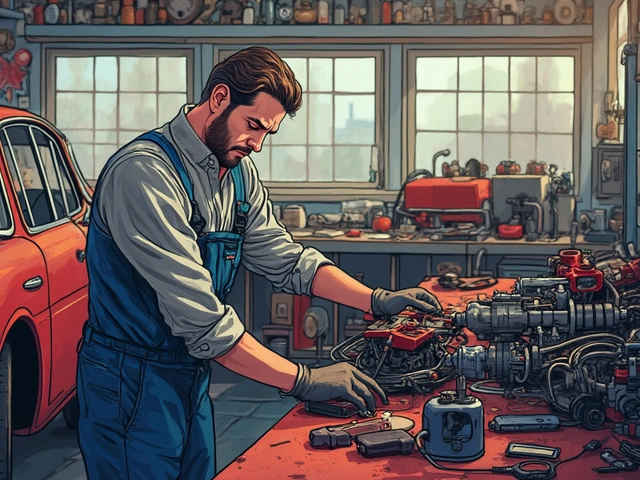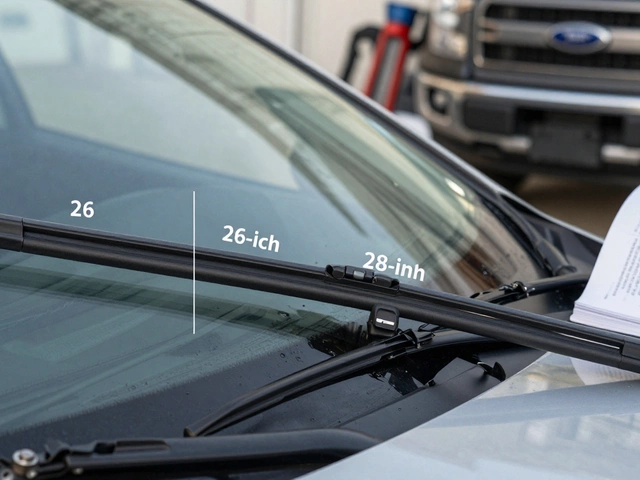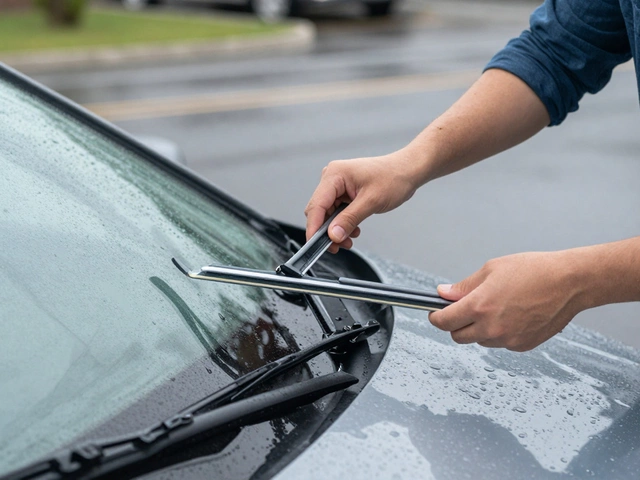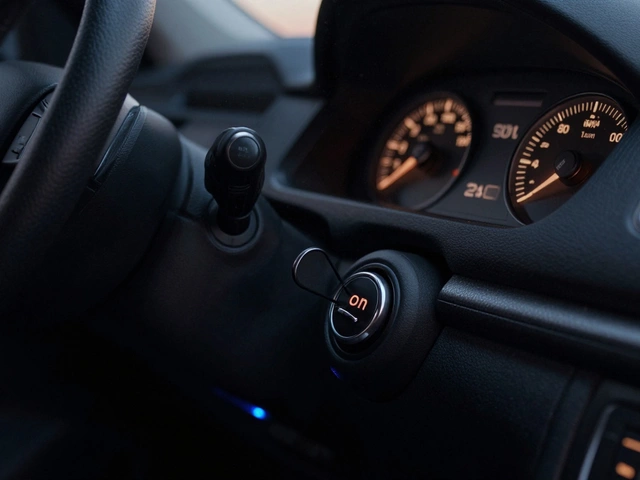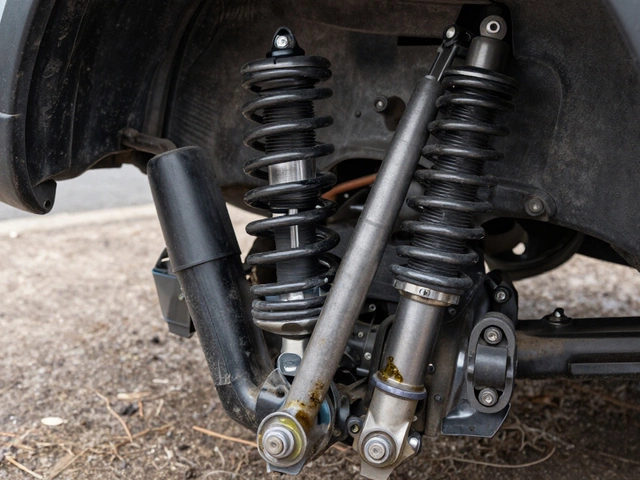Brake Rotor Safety Calculator
Rotor Safety Assessment
Enter your rotor measurements to determine if they're safe to drive with according to UK legal requirements.
Safety Assessment
Driving with bad rotors isn't just risky-it’s like driving with one hand on the wheel and the other holding a lit match. You might think you’re fine if the car still stops, but worn or damaged rotors don’t just affect braking power. They can turn a routine drive into a sudden, uncontrollable event. And if you’re ignoring squealing, vibrations, or longer stopping distances, you’re already past the point of safe compromise.
What Are Brake Rotors and Why Do They Matter?
Brake rotors are the metal discs attached to each wheel that the brake pads clamp down on to slow or stop your car. When you press the brake pedal, hydraulic pressure forces the brake pads against the rotors, creating friction. That friction turns your car’s forward motion into heat-and eventually, a stop.
Rotors aren’t meant to last forever. They wear down over time, just like brake pads. But unlike pads, rotors can warp, crack, or become unevenly worn. A rotor that’s too thin, scored, or warped won’t grip the pads properly. That means less stopping power, more heat buildup, and a higher chance of brake failure.
In the UK, the legal minimum thickness for brake rotors is usually stamped on the rotor itself. Most manufacturers set this between 1.5mm and 2.0mm below the original thickness. Drive past that point, and you’re not just risking your safety-you’re breaking the law.
Signs You Have Bad Rotors
You don’t need a mechanic to tell you something’s wrong. Your car will scream it in ways you can feel and hear:
- Vibrations in the steering wheel or brake pedal-especially when braking at highway speeds. This isn’t just a buzz; it’s a rhythmic shaking that gets worse the harder you brake.
- Squealing, grinding, or screeching noises-a high-pitched squeal means the wear indicator is rubbing. A deep metallic grind means the brake pads are completely worn down and metal is grinding into metal.
- Longer stopping distances-if you notice you’re braking earlier than usual to avoid stopping too late at junctions, your rotors are likely losing their grip.
- Visible damage-look through your wheel spokes. Deep grooves, bluish discoloration (from overheating), or cracks running across the surface mean it’s time to replace them.
- Car pulling to one side-if your car veers left or right when you brake, one rotor may be warped or sticking.
These signs don’t appear overnight. They build up over thousands of miles. But once you feel the vibration or hear the grind, you’re already in the danger zone.
What Happens If You Keep Driving?
Some people think, “It’s just a little wobble-I’ll fix it next week.” But bad rotors don’t wait. Here’s what happens if you ignore them:
- Brake pads wear out faster-worn rotors create uneven contact, causing pads to wear unevenly or crumble. Replacing pads alone won’t fix the problem-you’ll just be throwing money away.
- Overheating and brake fade-damaged rotors can’t dissipate heat properly. That means your brakes lose effectiveness after repeated stops, like when driving down a hill. You press the pedal harder-and nothing happens.
- Complete brake failure-in extreme cases, a cracked rotor can break apart while driving. That doesn’t just mean no brakes-it means losing control, possibly at high speed.
- Damage to other parts-bad rotors stress the calipers, wheel bearings, and even suspension components. Fixing just the rotors later might cost £500. Fixing everything after a failure? Could hit £2,000.
According to the UK’s Vehicle and Operator Services Agency (VOSA), brake-related defects are the #1 reason cars fail their MOT. And bad rotors are a top cause. An MOT tester doesn’t just check pad thickness-they measure rotor wear, warping, and cracks. If your rotors are bad, your car won’t pass.
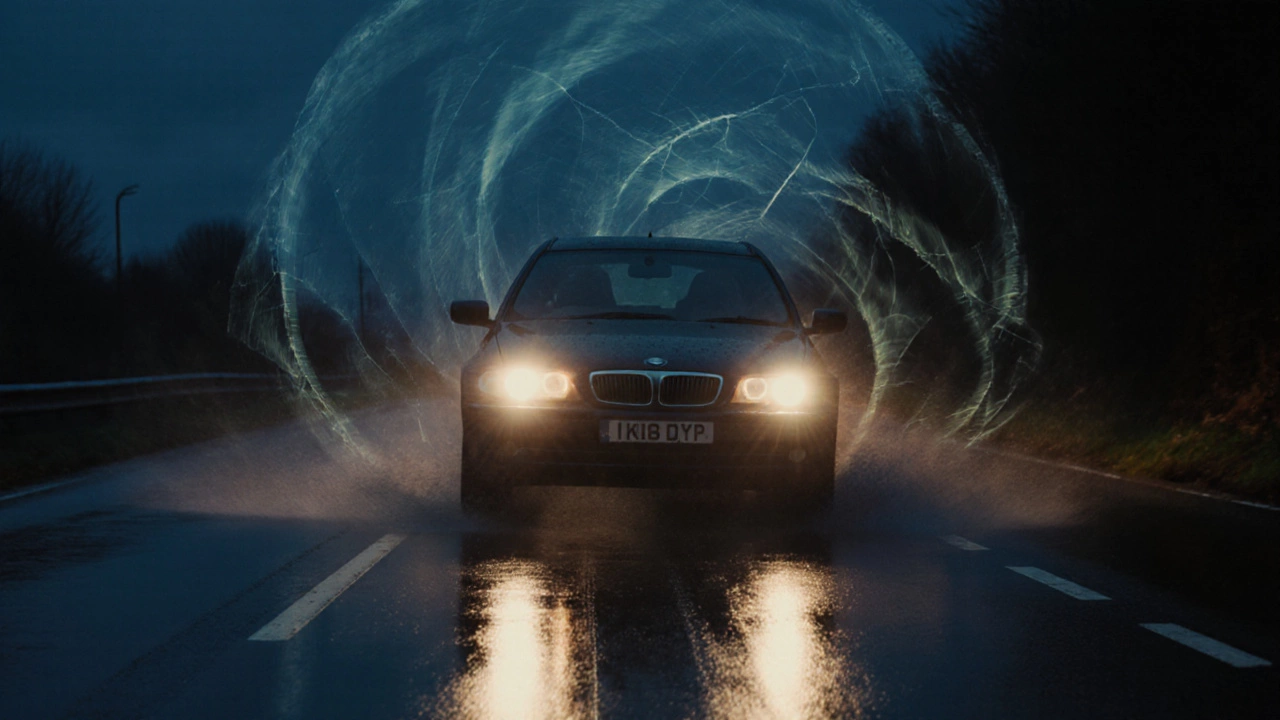
Can You Drive a Short Distance with Bad Rotors?
Technically? Maybe. But should you? No.
If your rotors are only slightly worn and you’re heading straight to a garage-maybe 2 miles away, slow speeds, no heavy braking-you *might* make it. But even then, you’re gambling. Every time you press the brake, you’re adding stress to a part that’s already failing.
There’s no safe scenario where driving with bad rotors is a smart choice. Even a short trip to the shop could end in an accident if you need to brake hard for a child running into the road or a car suddenly stopping ahead.
And don’t fall for the myth that “it’s fine if I don’t drive fast.” Braking isn’t just about speed-it’s about control. A sudden stop at 30mph with bad rotors can be just as dangerous as one at 60mph.
What Should You Do Instead?
Here’s the only safe path:
- Stop driving if you feel vibrations or hear grinding. Call a tow truck. It’s cheaper than a repair bill after an accident.
- Get your rotors measured. A mechanic will use a micrometer to check thickness. If they’re within 0.5mm of the minimum, replace them. If they’re below it, replace them immediately.
- Replace rotors in pairs. Always replace both front or both rear rotors at the same time. Mixing old and new rotors causes uneven braking and more wear.
- Replace brake pads at the same time. Even if the pads look okay, they’ve been working with bad rotors. New pads on bad rotors = wasted money and poor performance.
- Choose quality parts. Cheap aftermarket rotors can warp faster. Stick to OEM or reputable brands like Brembo, ATE, or EBC. You pay more upfront, but you get better heat dissipation and longer life.
Most UK garages will charge between £150 and £300 to replace front rotors and pads. Rear rotors are usually cheaper. That’s less than a new set of tyres-and far less than the cost of an accident.

How Often Do Rotors Need Replacing?
There’s no fixed mileage. Rotors can last anywhere from 30,000 to 70,000 miles depending on:
- Driving style-frequent hard braking wears them faster.
- Climate-wet, salty roads (like UK winters) cause corrosion.
- Vehicle weight-SUVs and vans wear rotors quicker than small cars.
As a rule of thumb, have your brakes inspected every 12,000 miles or once a year. If you drive mostly in city traffic, check them every 6 months. Don’t wait for the warning signs-by then, it’s already too late.
Real-World Example: A Manchester Driver’s Mistake
Last winter, a driver in Salford ignored the grinding noise from her Ford Focus. She thought it was just “old brakes.” She drove for another 3 weeks-through rain, fog, and rush hour traffic. One morning, braking hard to avoid a van that cut her off, her brakes locked up. The car skidded 20 metres before hitting a parked car. No one was hurt, but the repair bill was £3,200. The rotors had cracked in half.
She didn’t need a new car. She needed to listen to her brakes.
Final Thought: Your Brakes Are Your Lifeline
Brakes aren’t a “nice to have.” They’re the only thing between you and disaster. Bad rotors don’t just reduce stopping power-they erode your control, your confidence, and your safety.
If your rotors are worn, cracked, or warped, don’t drive. Don’t delay. Don’t hope it’ll get better. Replace them. Your life-and the lives of others-depend on it.
Can you drive with bad rotors if the car still stops?
No. Even if the car stops, bad rotors cause uneven braking, vibrations, and longer stopping distances. They can fail suddenly under pressure, especially during emergency stops. Driving on them risks losing control and causing an accident.
How do I check my brake rotors myself?
Look through your wheel spokes. Check for deep grooves, bluish discoloration, or visible cracks. If the surface looks uneven or feels rough when you run your finger along it (carefully!), it’s likely worn. For an accurate measurement, you need a micrometer-best left to a mechanic.
Do I need to replace brake pads when replacing rotors?
Yes. Brake pads that have been used with worn rotors are damaged too. They won’t grip properly on new rotors, leading to noise, vibration, and reduced braking. Always replace both together for optimal performance and safety.
How much does it cost to replace brake rotors in the UK?
Front rotor and pad replacement typically costs between £150 and £300. Rear rotors are often cheaper, around £120-£250. Prices vary by car model and whether you use OEM or aftermarket parts. Always get a quote that includes labour and disposal.
Can bad rotors cause an MOT failure?
Yes. Brake rotors are checked during every MOT. If they’re below the legal minimum thickness, cracked, or excessively warped, your car will fail. Brake performance is a critical safety item-no exceptions.


